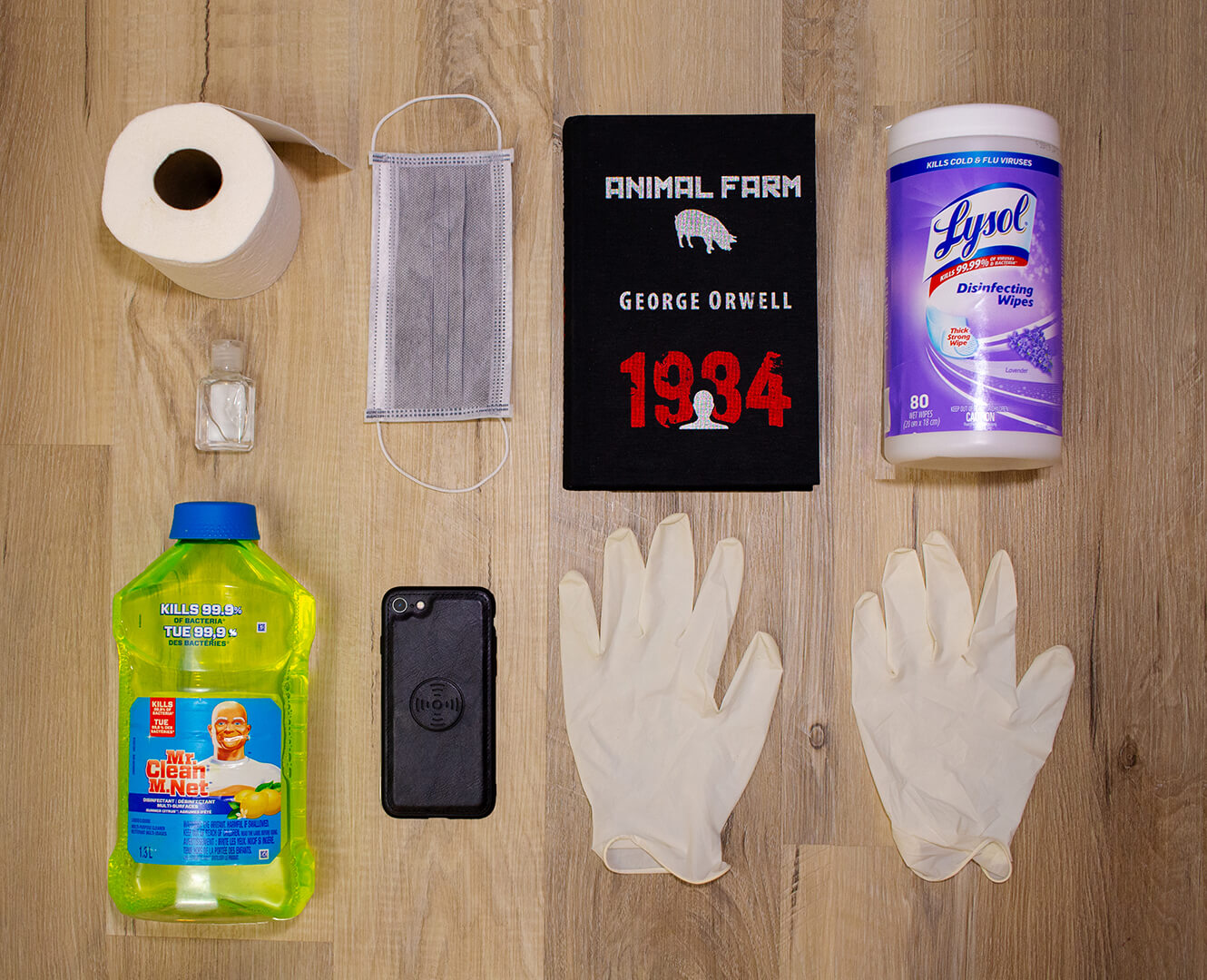By Chris Avery
Stores are closed, countries are locked down and it is considered criminal in some areas to go outside. The rules governing how people interact are constantly changing. The long-term effects of such a grand social experiment are currently unknown.
Is this an Orwellian dream once thought impossible? Or is our society so gripped by a pandemic that we fear the very social things that once defined us?
There is no question: increasing self-isolation and social distancing measures threaten the fabric of our humanity. Even right here, in the golden prairies of Alberta, it is now criminal to leave your home when self-isolating.
Governments have revoked free will. They have taken away the free movement of people, albeit for a seemingly noble cause. Hope for the efficacy of this social experiment remains.
For instance, on April 29, 2009, nearly 11 years prior to our current pandemic, one specific article was published. Authored by Joel Kelso, et al. and published in a bio-medical journal, the article’s subject is the novel influenza virus.
The authors ran a simulation on social distancing and viral spread.
“We simulated the effect of four social distancing interventions: school closure, increased isolation of symptomatic individuals in their household, workplace non-attendance, and reduction of contact in the wider community,” said Kelso.
“We found that a combination of all four social distancing measures could reduce the final attack rate from 33% to 9% if introduced within 6 weeks,” said Kelso. He further discovered that “the only single intervention measure capable of preventing an epidemic was the 90% case isolation measure, and only if applied within 3 weeks.”
Essentially, the authors are telling us that early isolation is key to preventing spread. That a combination of all these measures can reduce “the total attack rate to 1.6%, with a correspondingly significant reduction in attendant mortality rates.” This provides hope to reduce community spread and imminent death.
It is important to note that the same social distancing methods have been critical in slowing the spread of today’s COVID-19 virus. The measures continue to be mimicked by many countries during the current pandemic situation.
This goes without saying that governments around the globe are using isolation methods to contain viral spread. The science behind this process points overwhelmingly in favour of its premise: the desire of governments to create and legislate our free movement in response to the outbreak.
By limiting how people move, how people shop, how people interact, and even how people communicate, is the government now taking control of society? This takes away the will of a society.
Such policing and compliance also make me wonder how this will impact long-term social stability. With symptoms such as a cough, or a sneeze, or trouble breathing now ostracized, people are seeking comfort in self and social isolation.
Yet the protocol for trafficking our free movement still brings me back to Orwell: “If you can feel that staying human is worthwhile, even when it can’t have any result whatsoever, you’ve beaten them.”
In the end, during our current pandemic, the threat of extorted extinction and the ever-rising death toll loom over us. We are all left with an important question, how do we stay social in a socially distant space?





